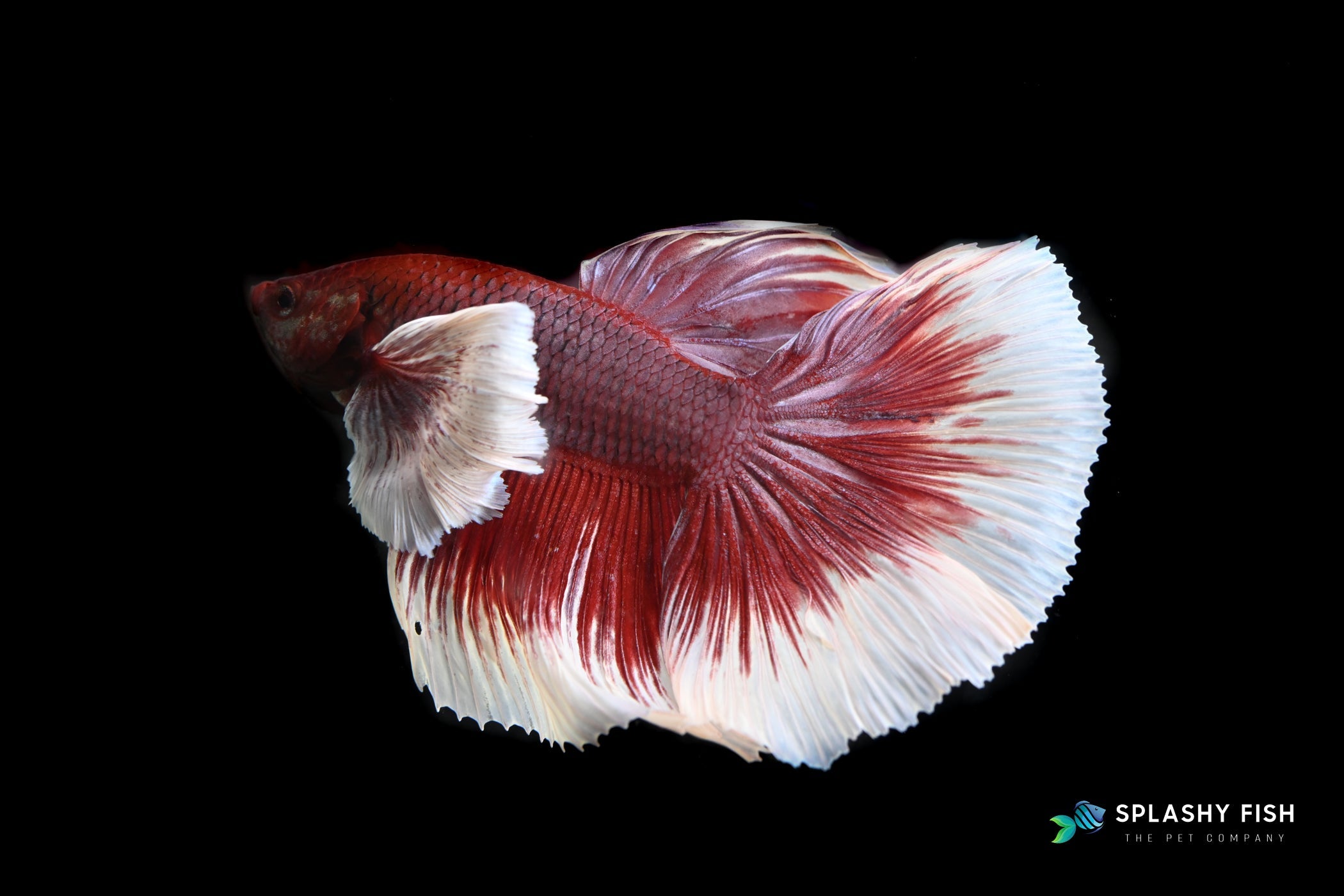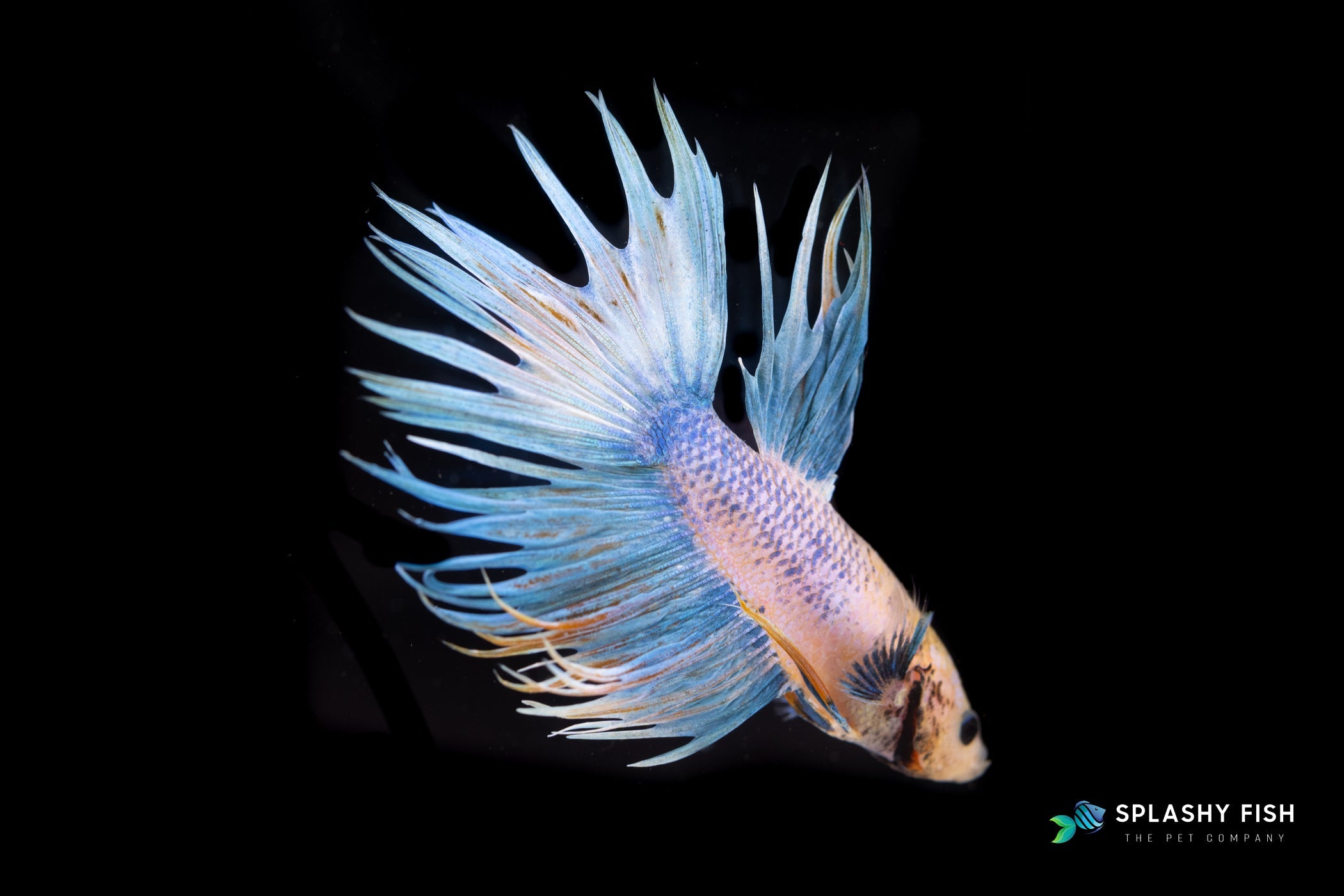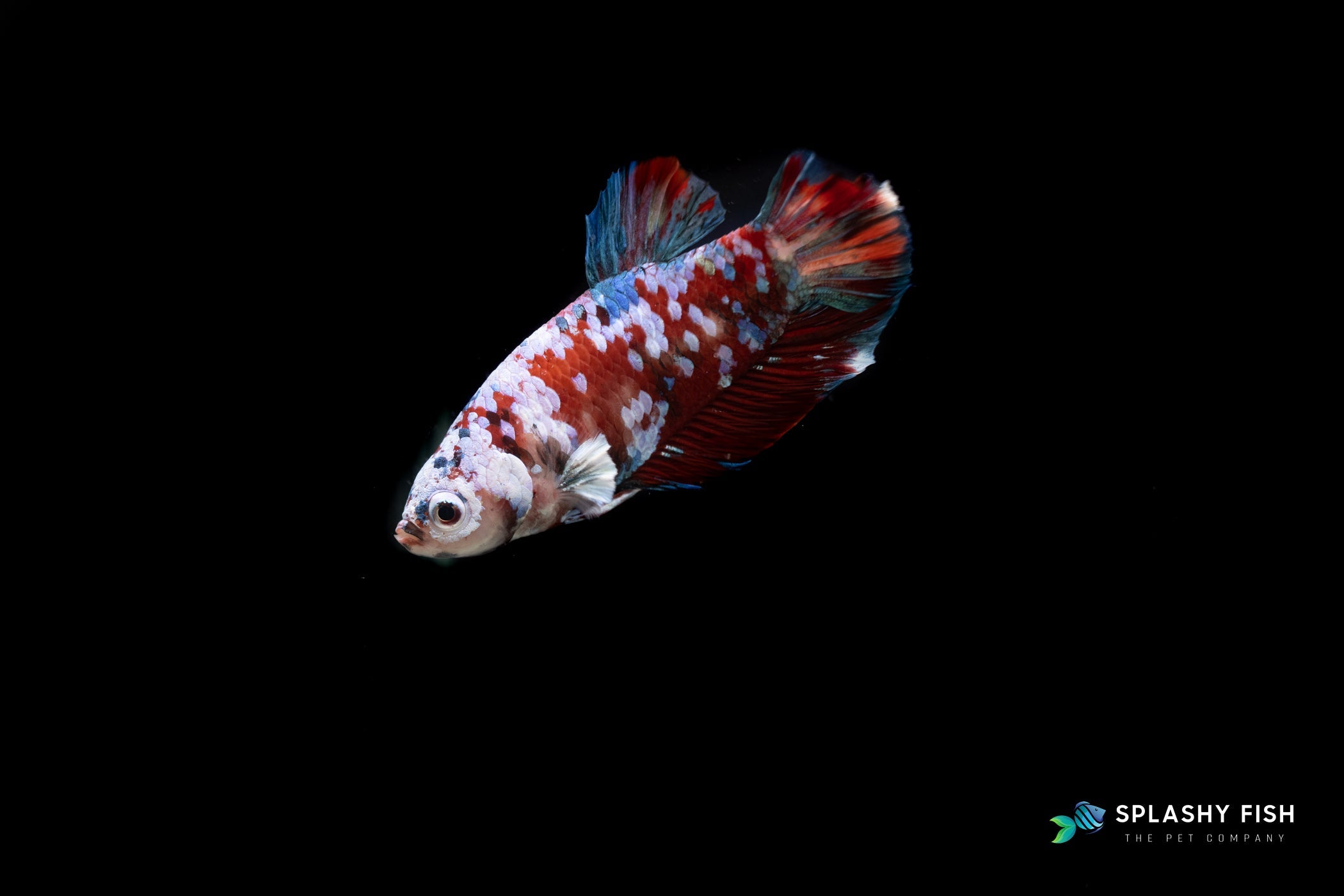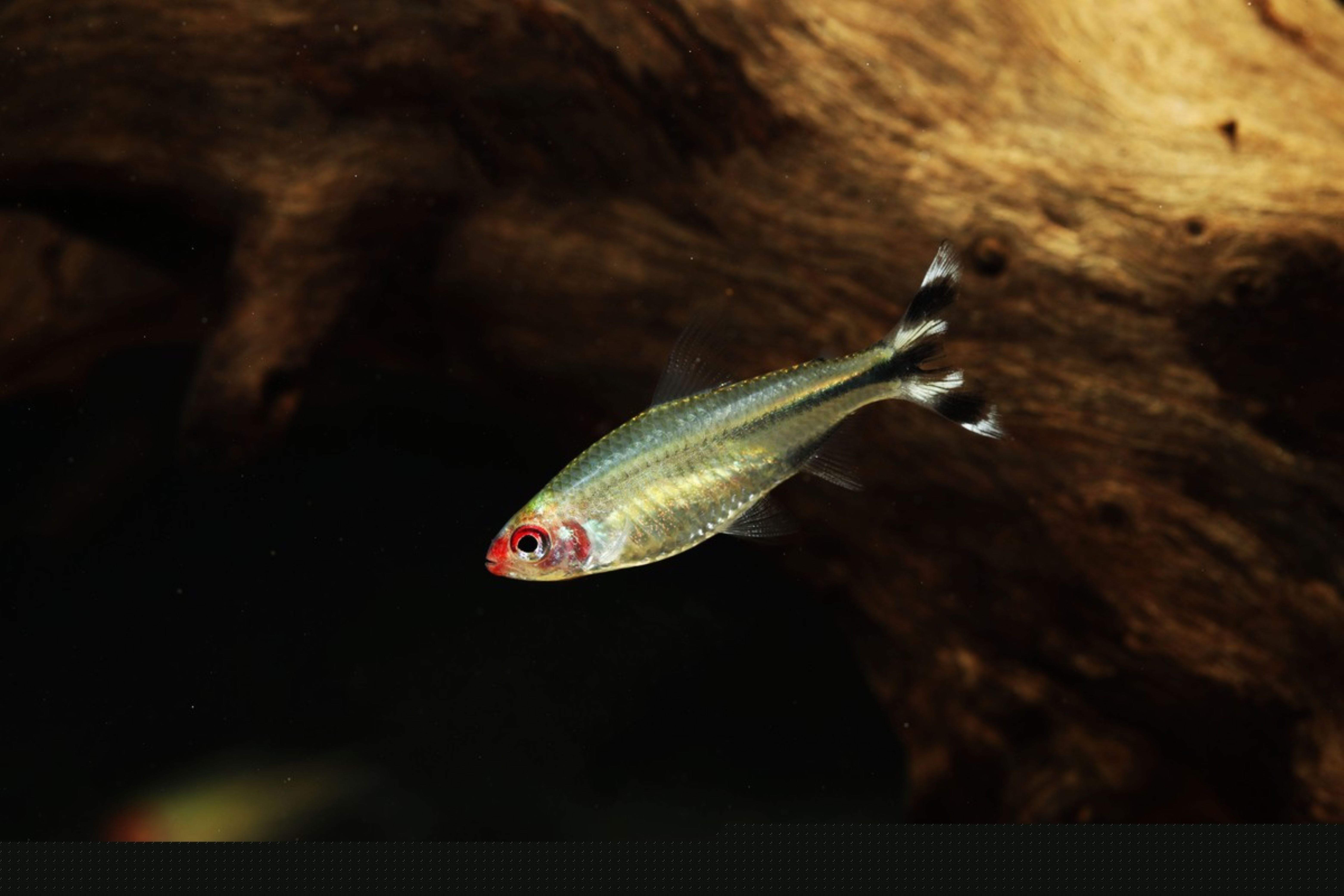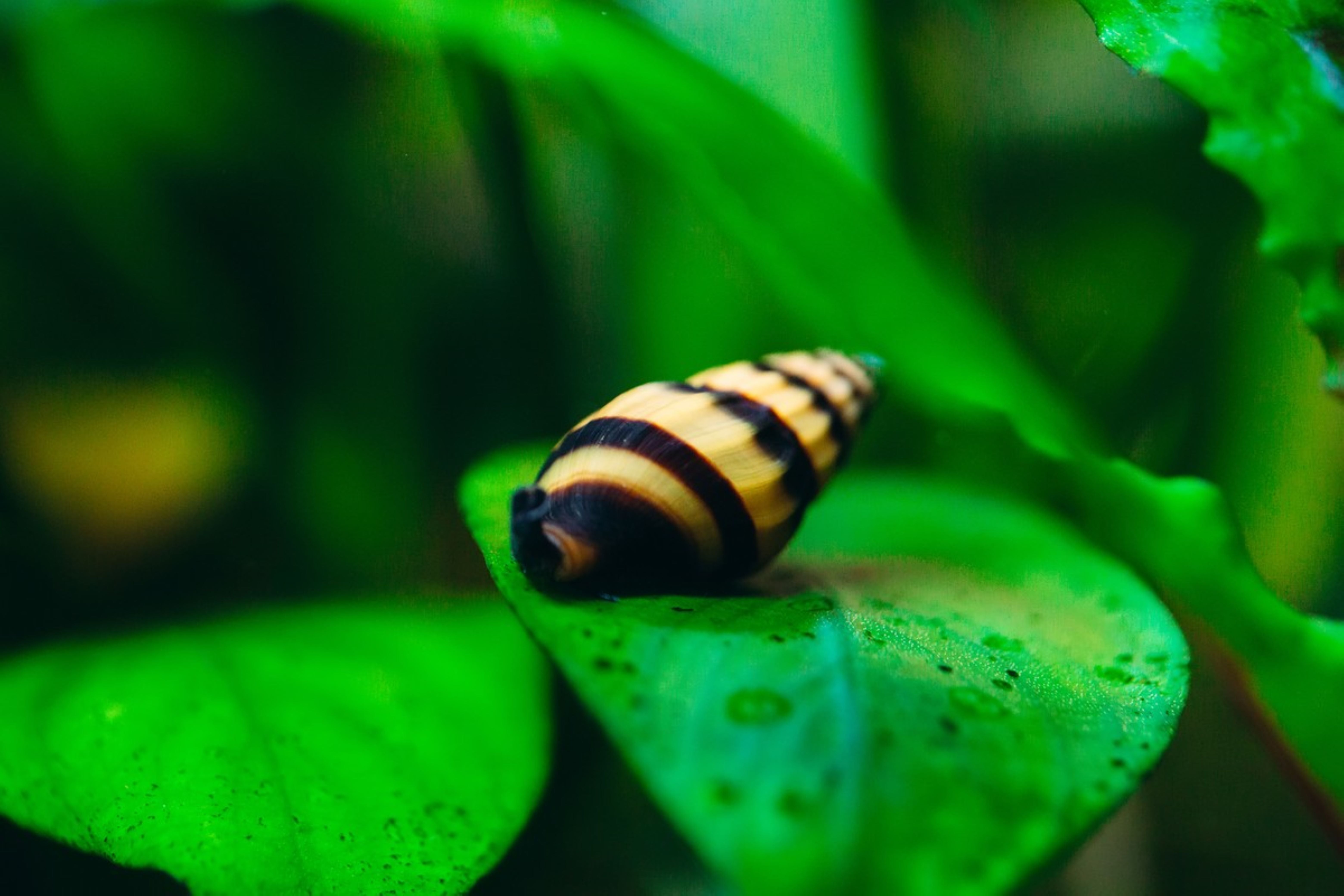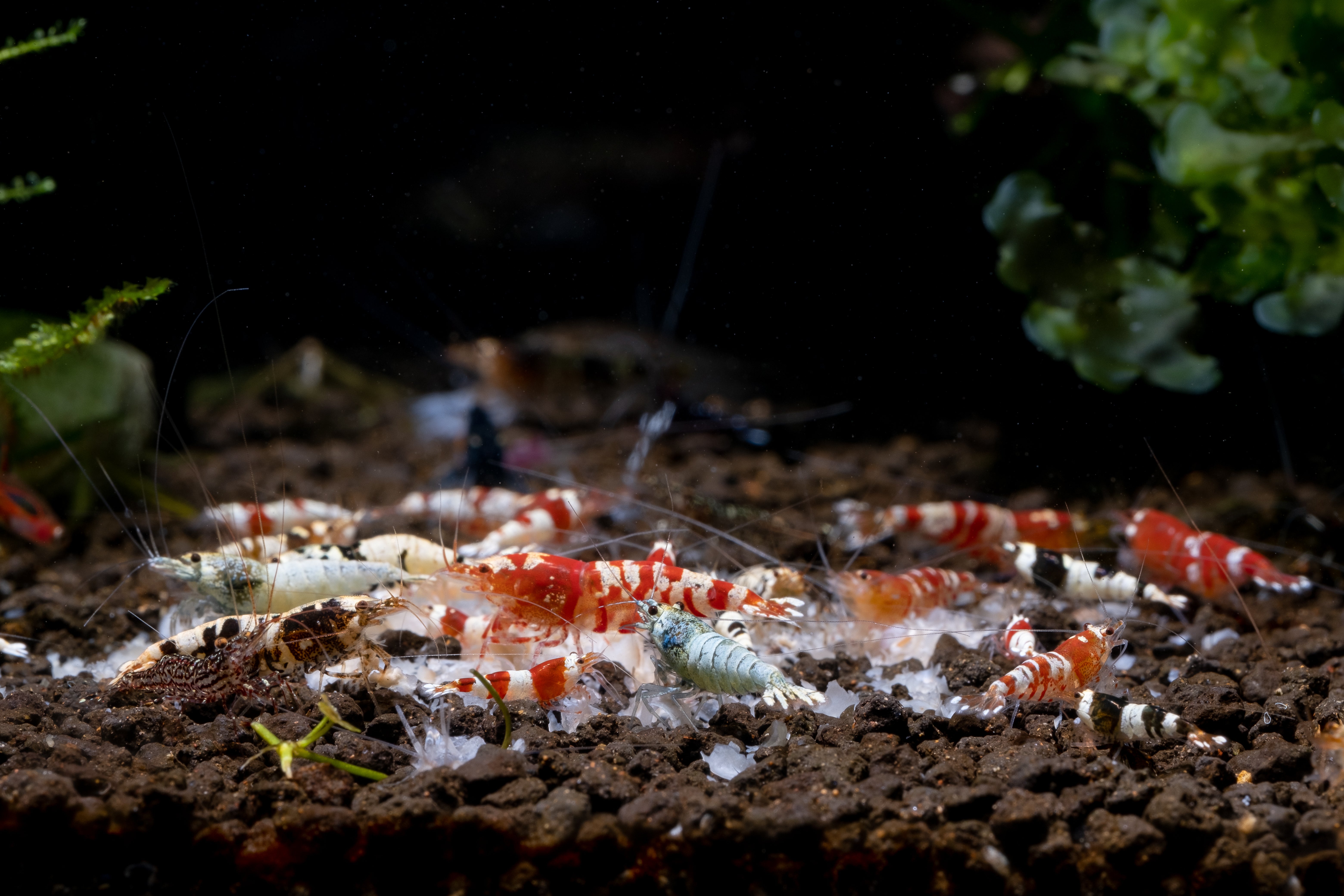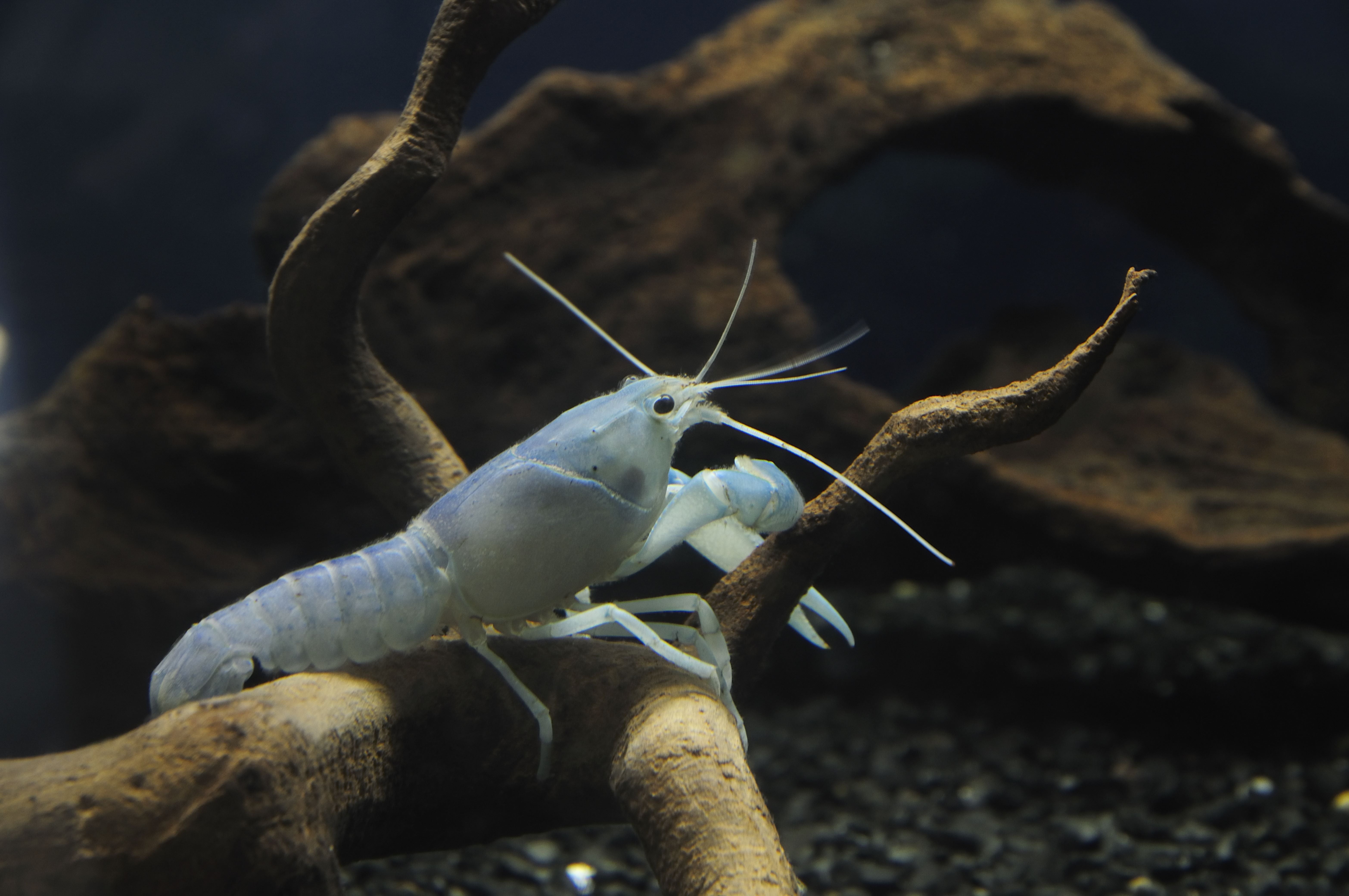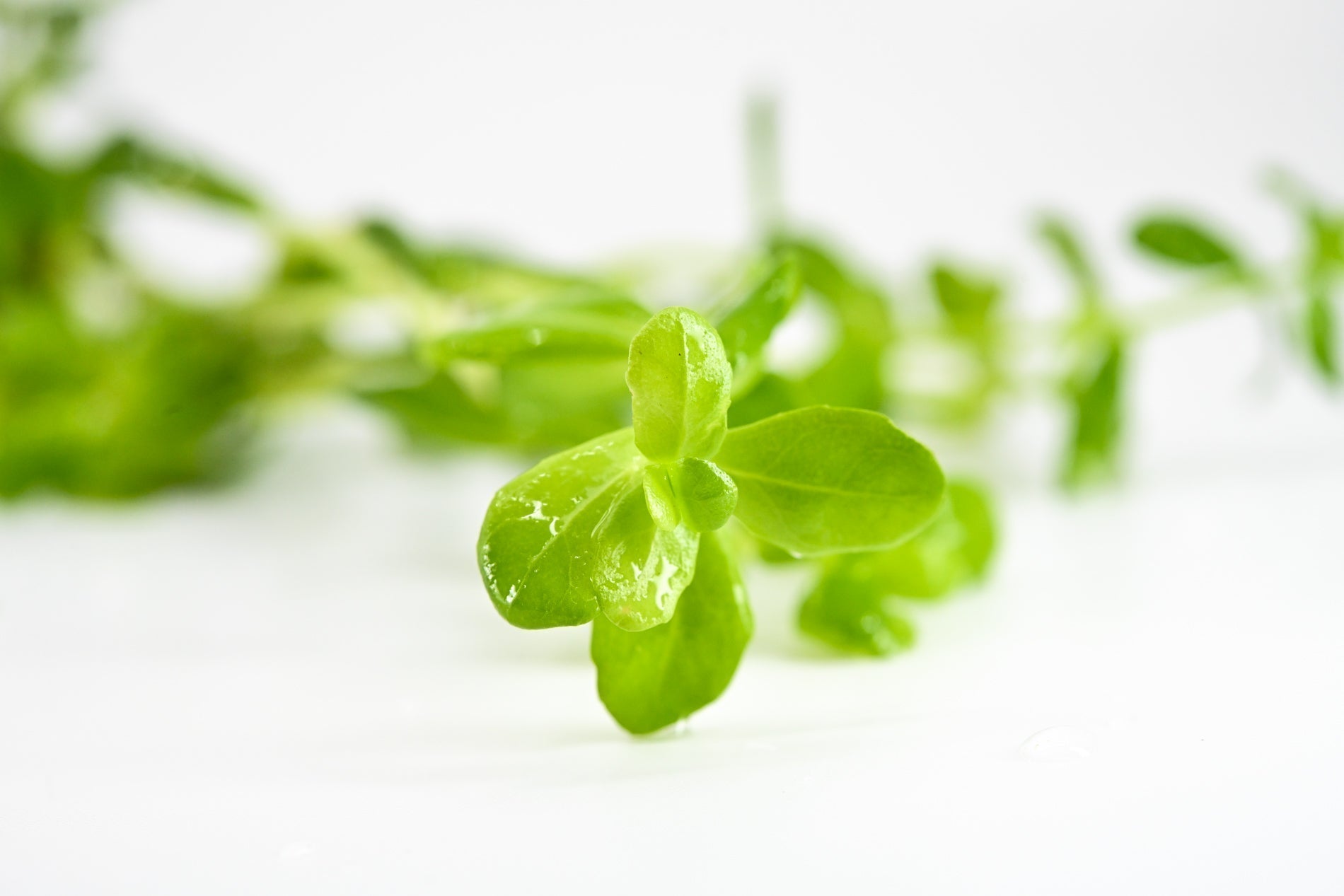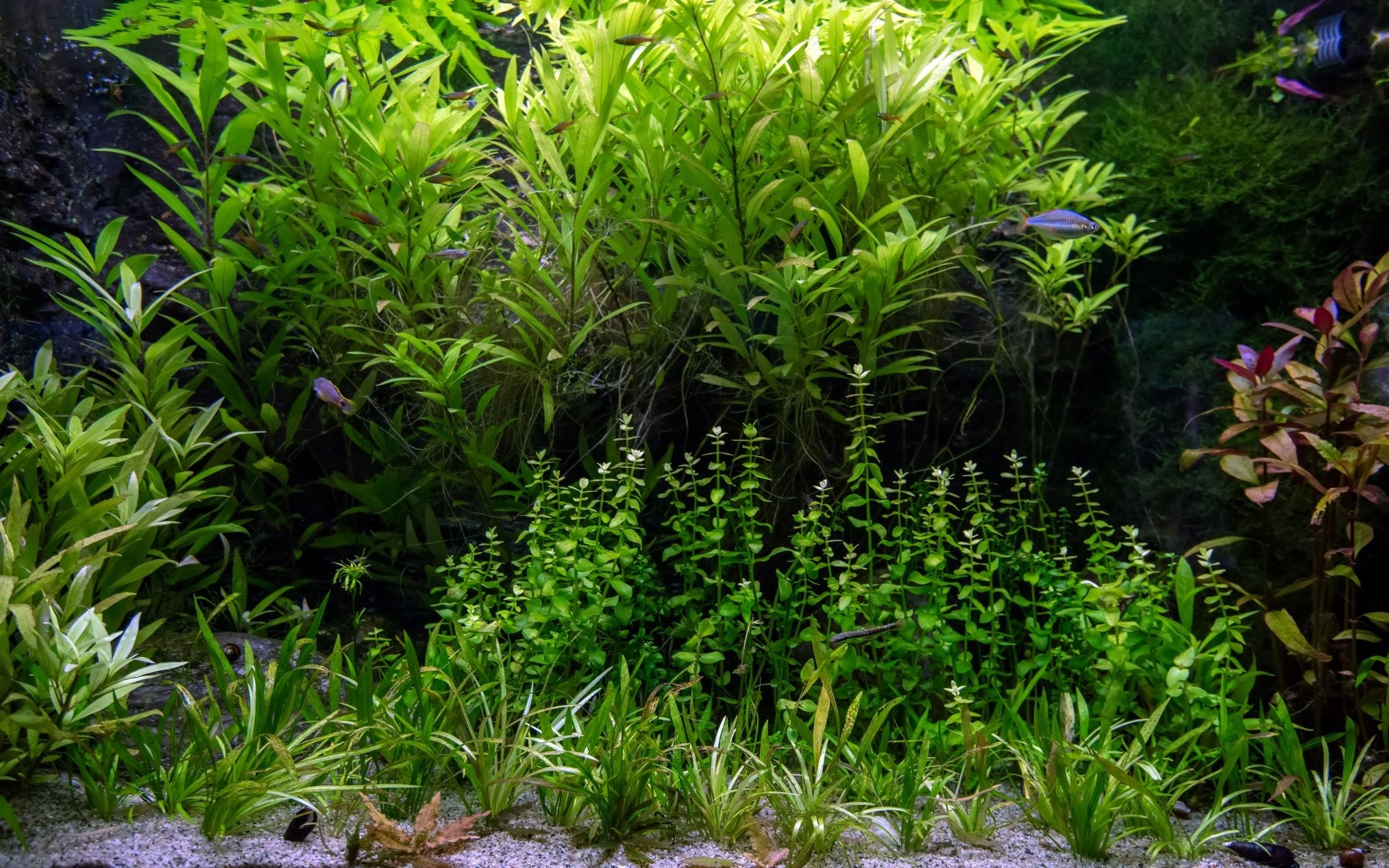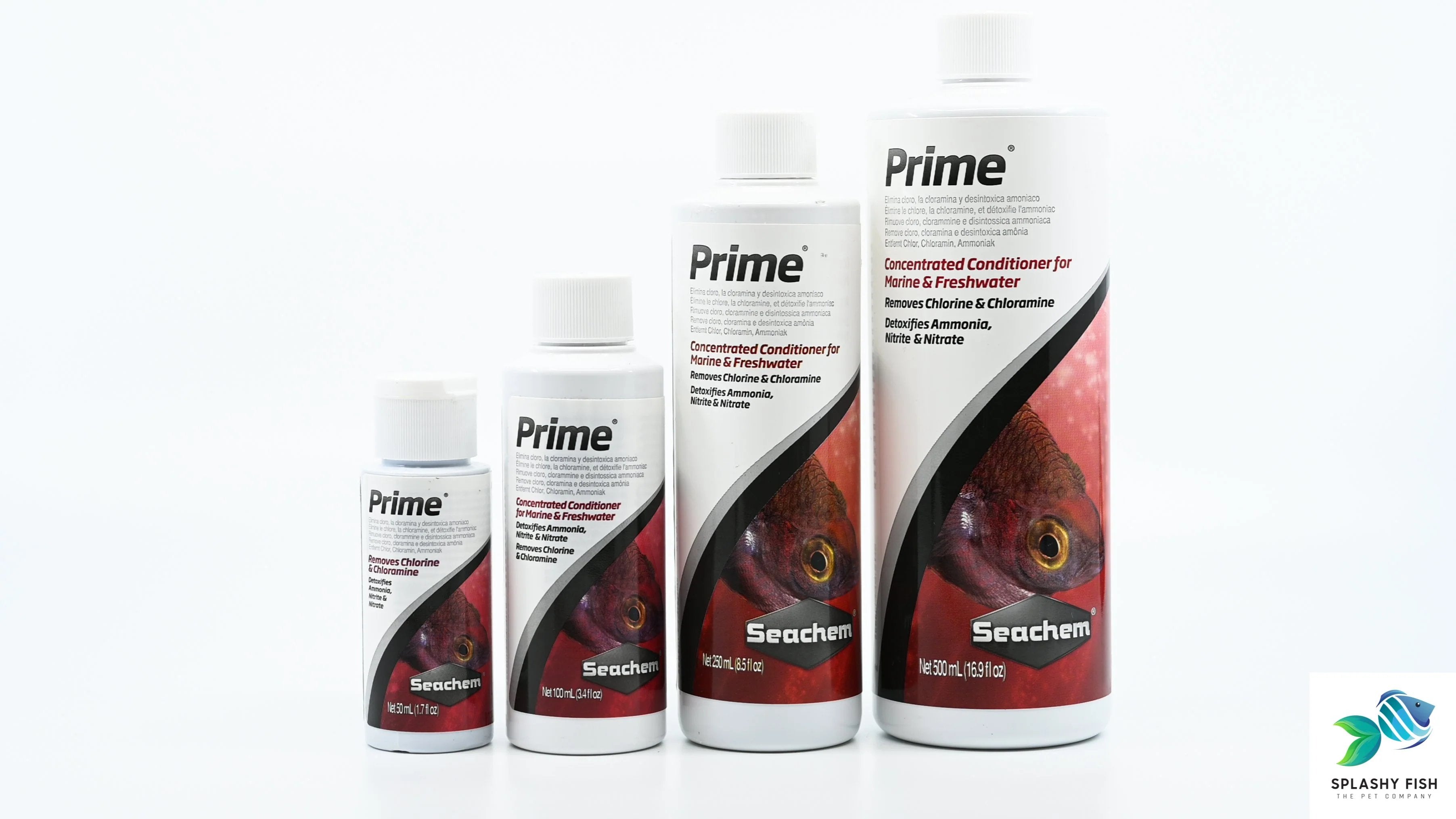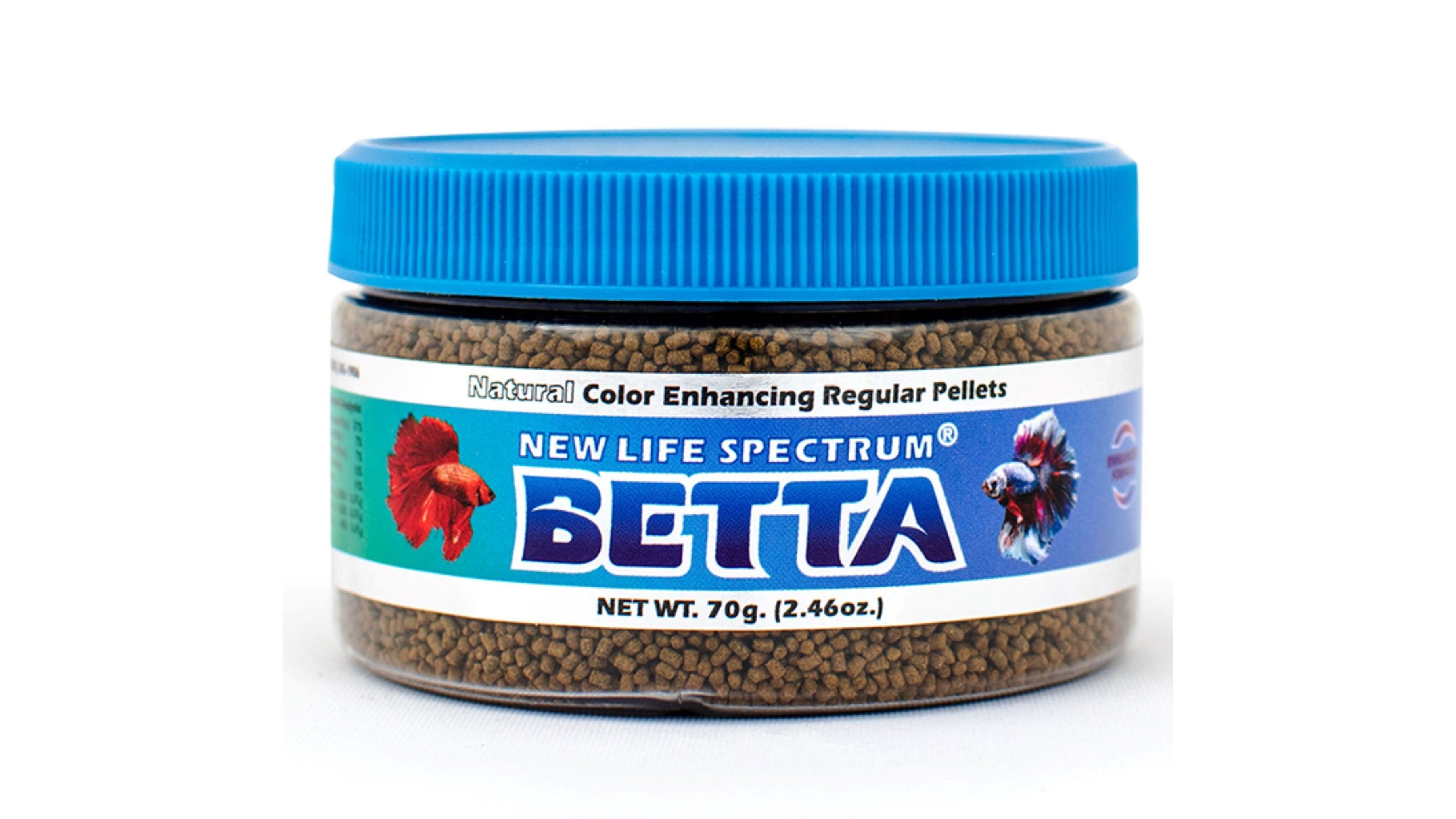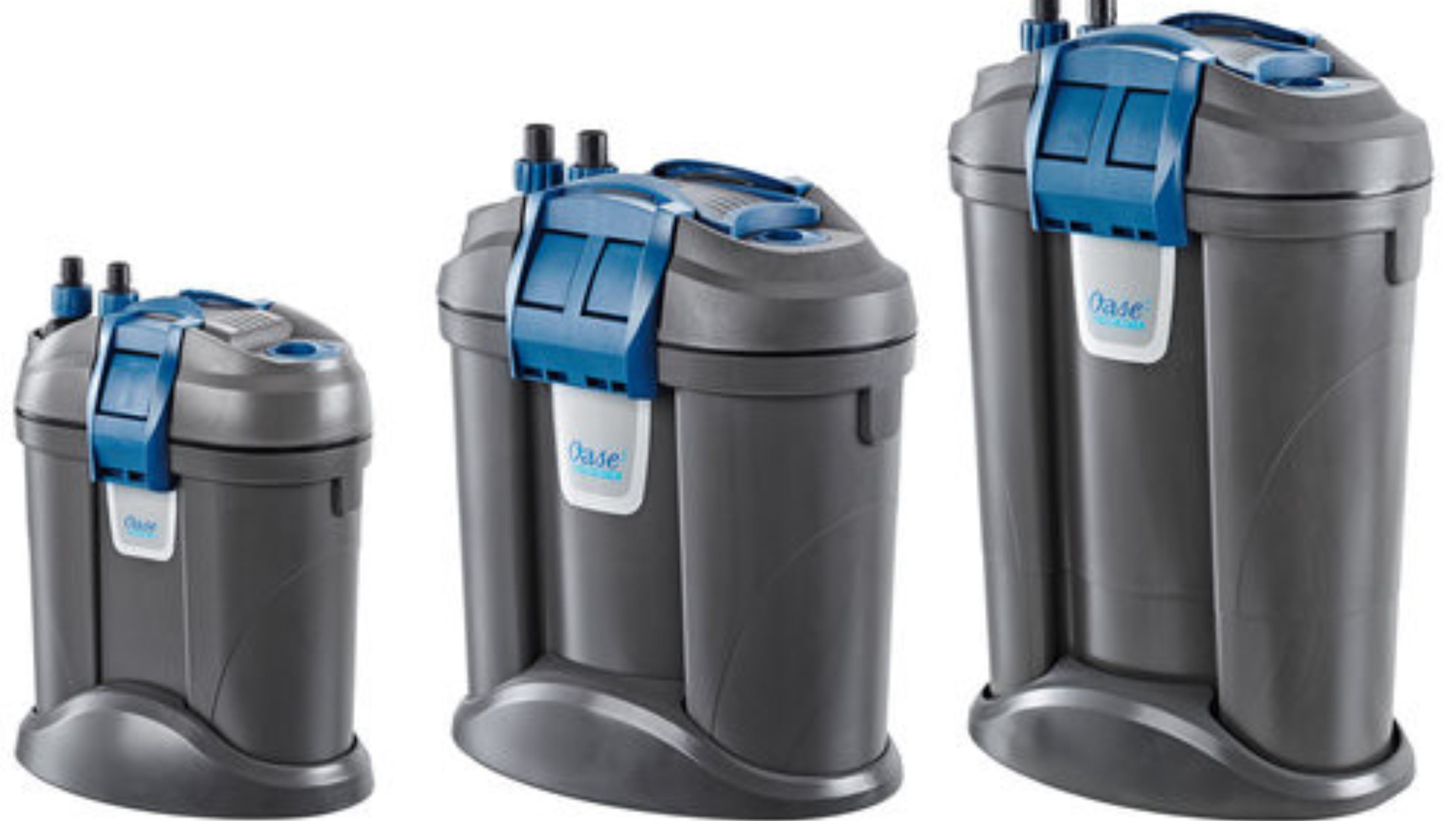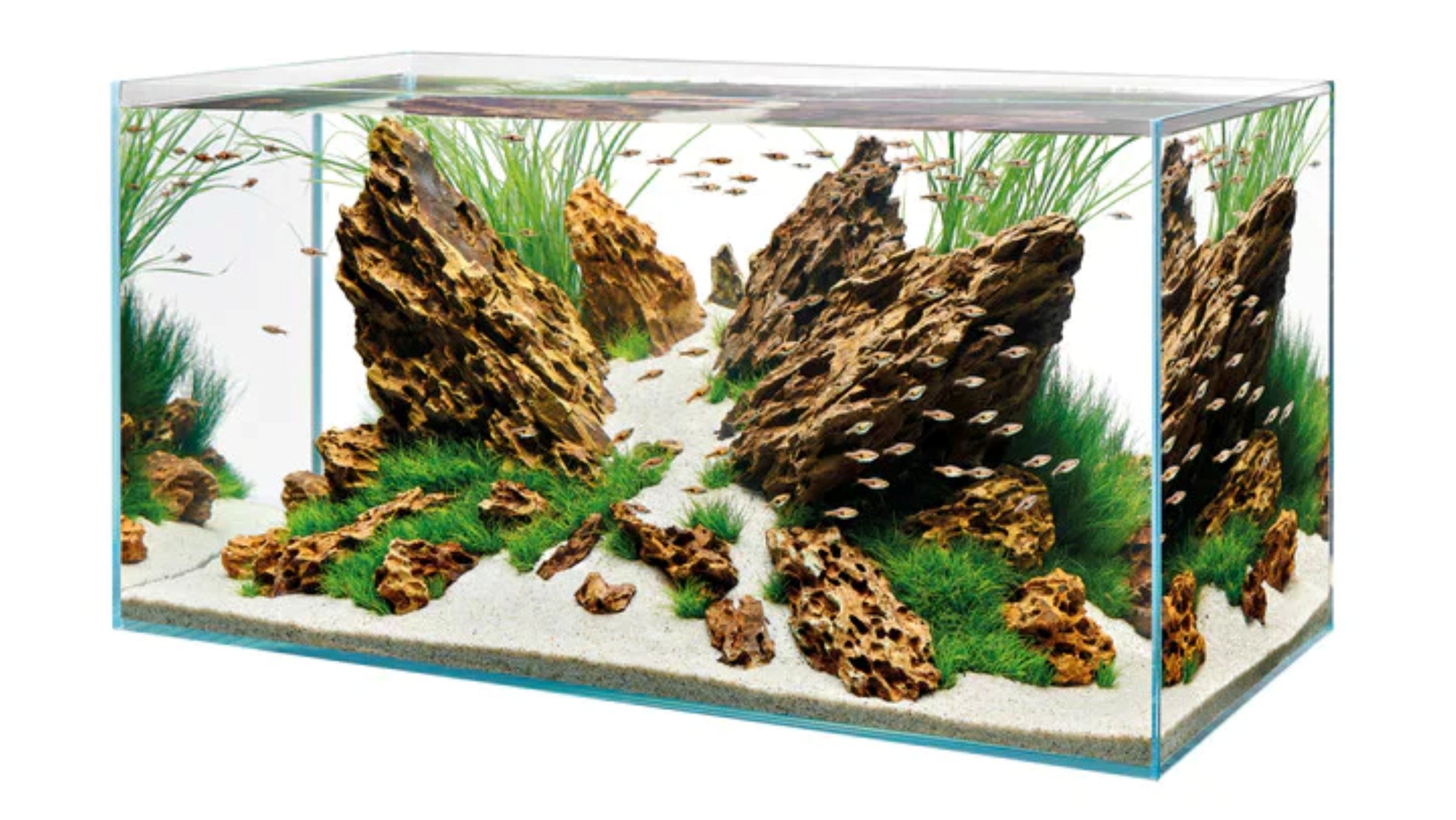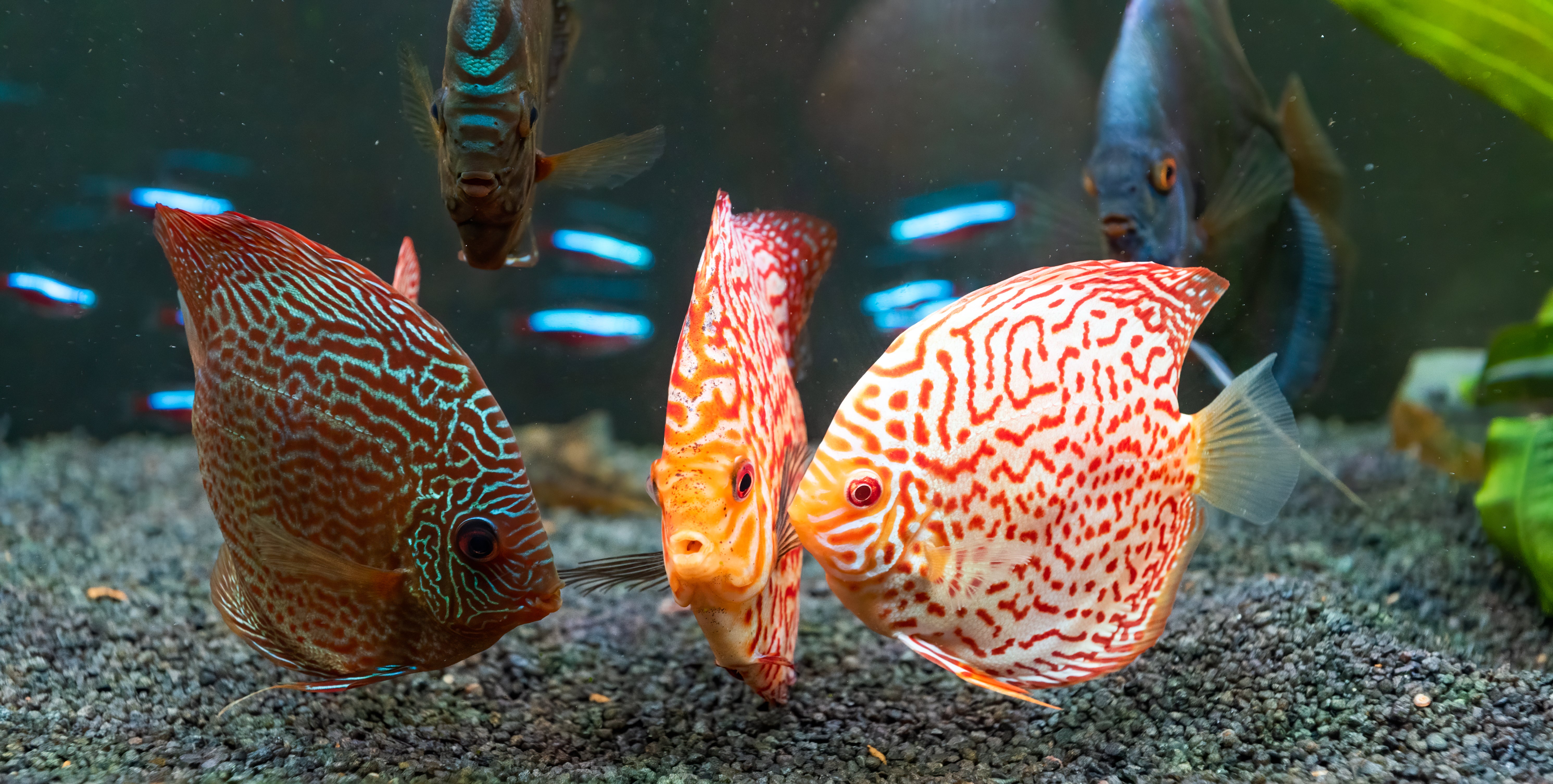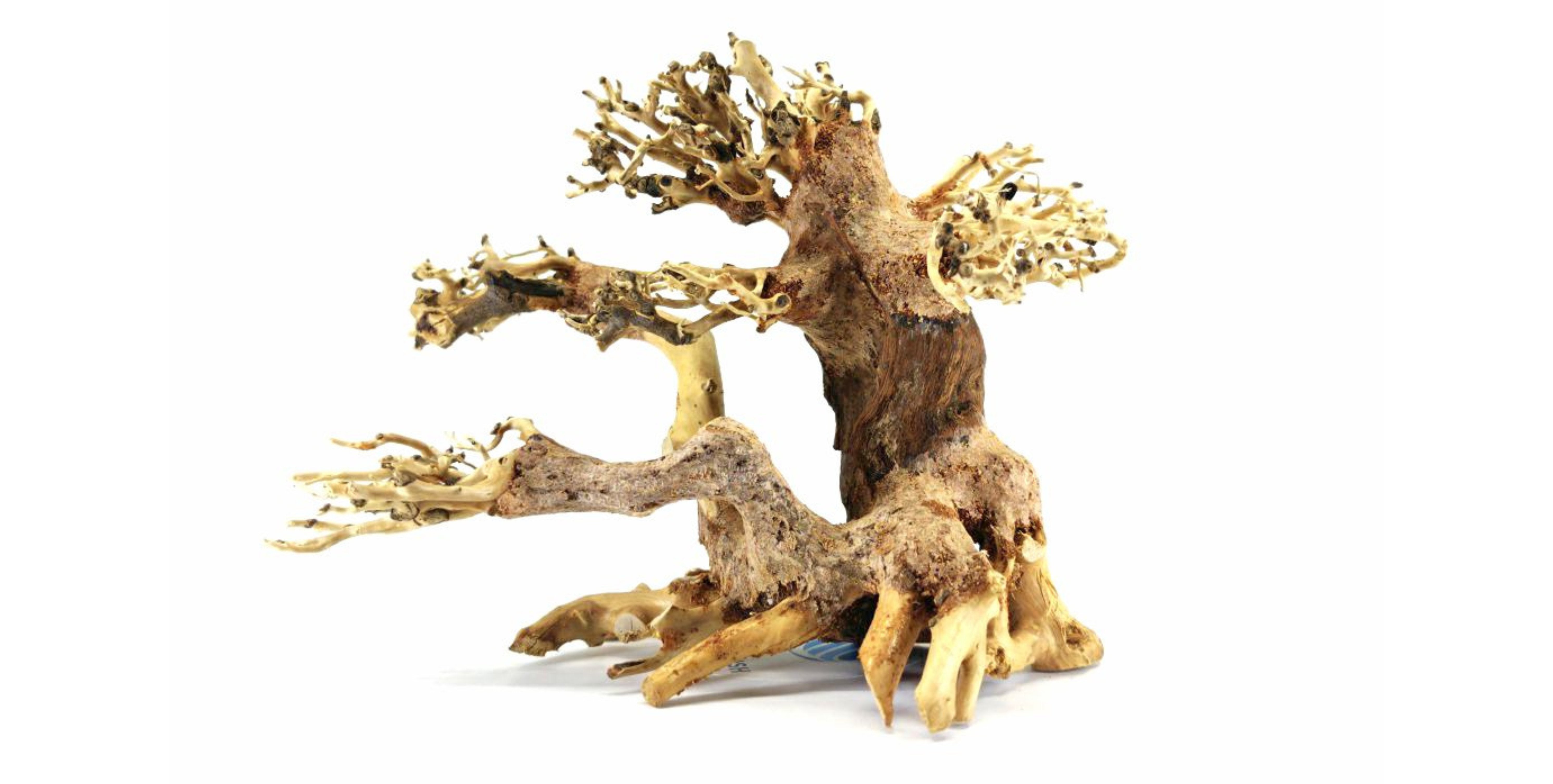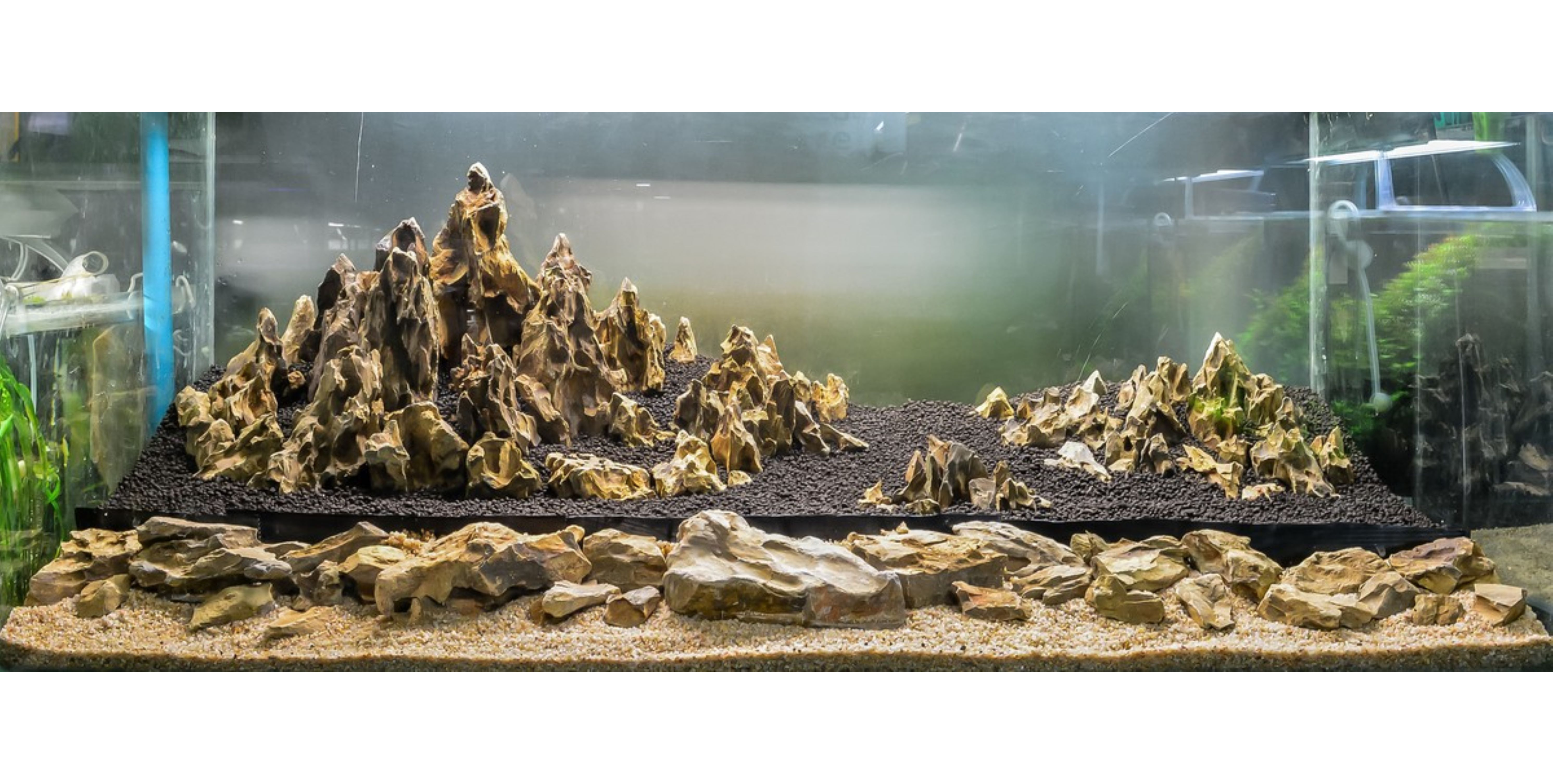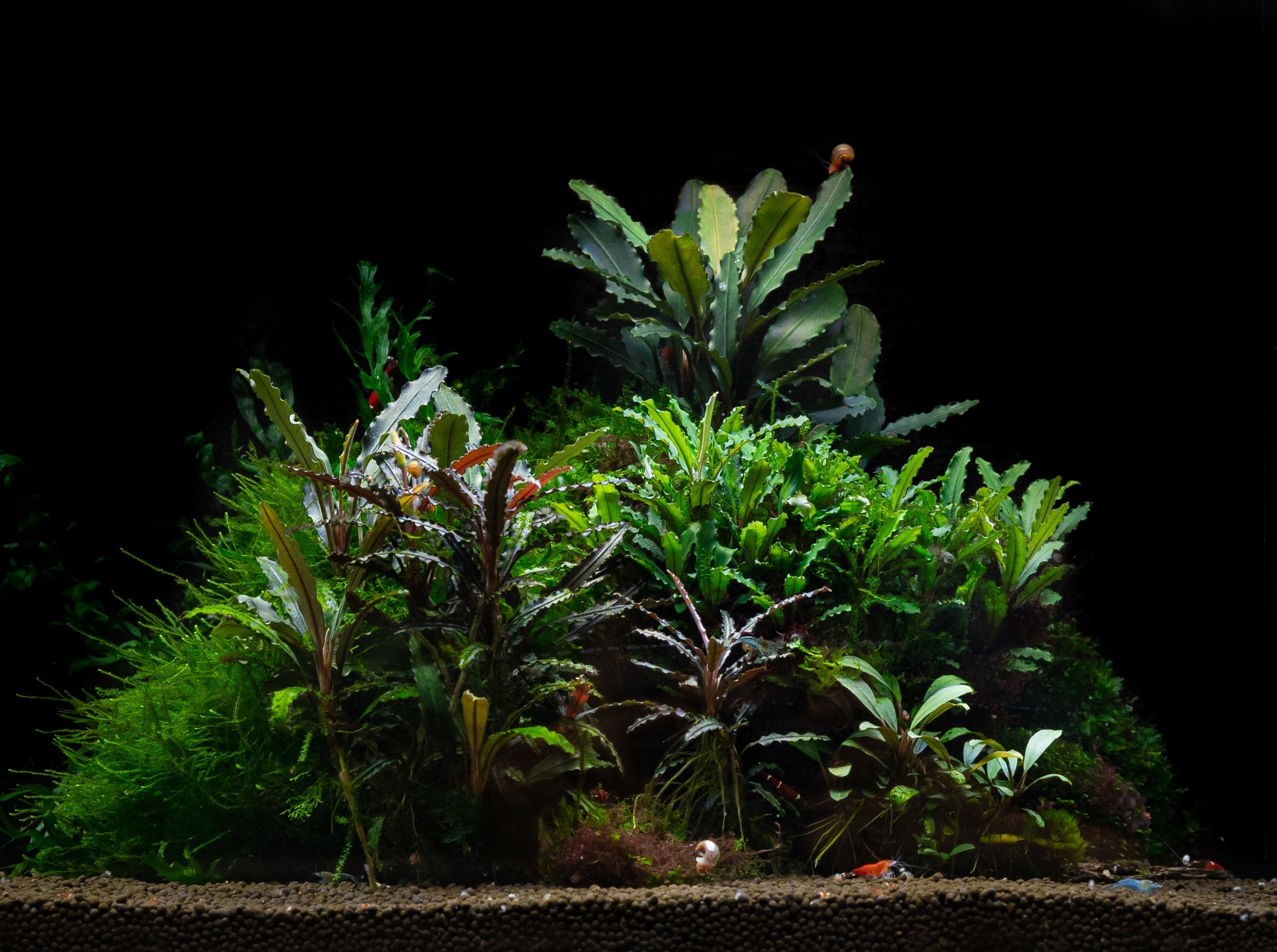Table of Contents
When it comes to freshwater aquariums, snails often get a bad reputation. Some hobbyists worry about overpopulation or plant damage, but in reality, many snail species provide incredible benefits to your tank’s ecosystem. As detritivores, they naturally help break down leftover fish food, decaying plant matter, algae, and even deceased animals, turning waste into usable nutrients for plants.
In this guide, we’ll explore 10 of the most helpful freshwater snails you can add to your aquarium. Whether you're looking for an efficient algae eater, a substrate cleaner, or a natural way to control pest snails, this list has something for every tank.
Bonus: Most of these snails are completely safe with live plants, though you’ll want to read the notes on the last species carefully!
General Care Tips for Aquarium Snails
Before you bring home your new snails, here are some key care tips to keep them healthy:
- Calcium is crucial for shell health: If you notice pits, cracks, or holes in a snail’s shell, your water may lack sufficient minerals. Add supplements like Seachem Equilibrium, place crushed coral in your substrate, or feed calcium-rich foods.
- Avoid salt: Most freshwater snails are highly sensitive to sodium chloride. If treating your tank with salt, temporarily relocate your snails to a safe container.
- Monitor for health issues: It’s normal for snails to rest, but if you find one hanging out of its shell or emitting a strong odor, promptly remove it to prevent water fouling.
- Snail-proof your tank: Some species like to climb out, so use a tight-fitting lid, cover gaps with mesh, and lower the water level slightly if needed.
- Avoid snail-eating fish: Such as certain Loaches and Puffers.
1. Nerite Snail (Neritina spp.)
Nerite snails are legendary for their superior algae-eating abilities; even stubborn green spot algae is no match for them. Available in a wide range of beautiful varieties (Zebra, Olive, Tiger, Horned, and Red Racer), these snails are both functional and decorative.
They do not reproduce in freshwater; their eggs require brackish water to hatch, so you won’t face overpopulation issues. However, you may occasionally see tiny white eggs on surfaces, which are harmless but cosmetic.
Important: Ensure your tank has enough algae or supplement their diet with blanched vegetables or Nano Banquet Food Blocks to prevent starvation.
See more details on How to Care for Nerite Snails here.
2. Ramshorn Snail (Planorbidae family)
With their distinct spiral-shaped shells resembling a ram’s horn, Ramshorn snails are attractive additions to any community tank. They help clean the tank by eating algae, excess fish food, and decaying plant material.
Ramshorns are simultaneous hermaphrodites, so they can self-reproduce. Eggs appear as tiny dots inside clear gelatinous masses on plants and surfaces.
They are plant-safe when well-fed but can nibble on soft or decaying leaves if food is scarce.

3. Mystery Snail (Pomacea bridgesii)
Mystery snails are one of the most popular ornamental snails for freshwater aquariums. Growing up to 2–2.5 inches (5–6 cm), they come in stunning colors like Ivory, Gold, Blue, Purple, and Magenta.
These aquarium snails are active and entertaining, known for their climbing behavior and use of a breathing siphon at the water surface.
Mystery snails are not hermaphrodites which are males and females can be distinguished, and females lay large egg clusters above the waterline. This makes their population easy to control; simply remove egg clusters if you don’t want baby snails.
See more details about How to Care for Mystery Snails here.
4. Bladder Snail (Physella acuta)
Bladder snails may be small, but they are excellent scavengers for nano tanks and hard-to-reach areas. Growing under 1 inch (2.5 cm), they can squeeze into nooks and crannies that larger snails can’t reach.
They are very hardy and tolerate a wide range of water conditions. However, they are self-fertilizing hermaphrodites, so their population can grow rapidly if overfed.
Tip: If you see many tiny white egg clusters on glass or decorations, reduce feeding and vacuum the substrate regularly; the population will naturally stabilize as food availability drops.
5. Assassin Snail (Anentome helena)
Looking to control pest snail populations? Assassin snails are the answer. These striking snails feature a striped brown and yellow shell and are natural predators of smaller snails.
They burrow during the day and emerge to hunt Bladder snails, Ramshorn snails, and MTS. If snails become scarce, they’ll also eat leftover fish food and dead organisms.
Assassin snails reproduce slowly. A single translucent egg is laid at a time, making their numbers easy to manage. They are safe with plants and most fish, but should not be housed with rare or desirable snail species you want to keep.
See more details about How to Care for Assassin Snail here.
6. Malaysian Trumpet Snail (Melanoides tuberculata)
Malaysian trumpet snails (MTS) are substrate specialists. With their pointy, elongated shells, they spend most of the day burrowed in sand or gravel, emerging at night to feed.
Benefits of MTS:
- Aerate the substrate, preventing compaction
- Help mix nutrients into the soil for plant roots
- Reduce the risk of cyanobacteria buildup on the substrate surface
They reproduce through parthenogenesis, which means females give birth to live young without needing a mate. Populations can grow quickly, but their ecological role is very beneficial in planted tanks.
7. Rabbit Snail (Tylomelania spp.)
Rabbit snails, or Sulawesi snails, are unique, eye-catching additions for advanced aquarists. With long, pointy shells (3–5 inches) and “rabbit ear” antennae, they bring a charming personality to any tank.
They prefer warmer temperatures (80–86°F / 27–30°C) and do well in planted aquariums, though they may nibble on soft-leafed plants if underfed. Feed them regularly with sinking pellets, blanched veggies, and algae wafers.
Rabbit snails reproduce very slowly, giving birth to live young every 4–6 weeks, so population control is rarely an issue.
See more details about How to Care for Rabbit Snail here.

8. Japanese Trapdoor Snail (Viviparus malleattus)
Japanese trapdoor snails are a fantastic option for outdoor ponds or large aquariums. They get their name from their operculum, a protective “trapdoor” they can close to seal themselves inside their shells.
These hardy snails:
- Grow up to 2 inches (5 cm)
- They are cold-tolerant, making them ideal for unheated tanks and ponds
- Feed on soft algae, detritus, and leftover food
- As livebearers, they give birth to fully developed baby snails rather than laying eggs
- Trapdoor snails are plant-safe and reproduce slowly, so they will not overrun your tank.
9. Pond Snail (Lymnaea stagnalis & Radix spp.)
Often misunderstood as “pest” snails, pond snails can actually be very helpful in a balanced tank. They are adaptable, tolerate a wide range of water conditions, and will enthusiastically clean:
- Soft algae
- Decaying plant matter
- Uneaten food
They are great for heavily planted tanks and low-maintenance setups. However, since they reproduce readily, it’s important to control feeding to prevent population booms. Keep a watchful eye and adjust food and maintenance as needed.
10. Spixi Snail (Asolene spixii)
The Spixi snail is a lesser-known gem from South America. It looks like a smaller version of an apple snail, with beautiful striped golden-brown shells.
Spixi snails:
- Grow to about 1 inch (2.5 cm)
- Are excellent algae and detritus eaters
- Are peaceful and compatible with community tanks
- Do not overpopulate easily, they lay small, manageable egg clutches
They can safely be kept with live plants, though like many snails, they may nibble on very soft or decaying leaves. Their active behavior and attractive appearance make them an enjoyable addition to planted aquariums.
Conclusion
Freshwater snails are more than just passive tank residents, they are hardworking members of your clean-up crew that help maintain a healthy ecosystem. From substrate stirring to algae eating to pest control, there’s a snail to suit every tank need.
If you’re ready to add helpful snails to your aquarium, be sure to buy from a trusted source to ensure healthy, disease-free specimens. And always remember to balance your snail population with your tank’s needs and capacity. Visit Splashy Fish tropical fish store to buy these freshwater snails for sale online or visit us at the aquarium store in Virginia for more other betta fish for sale, freshwater fish for sale, aquarium plants for sale, and aquarium supplies.



